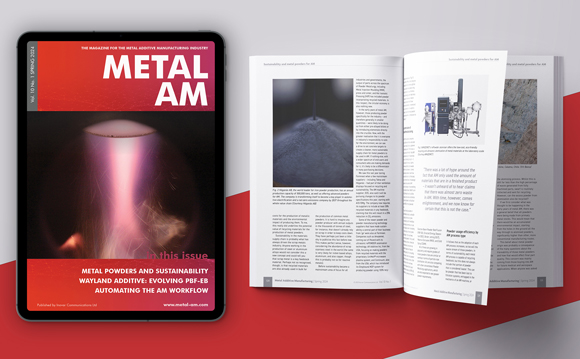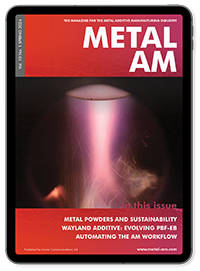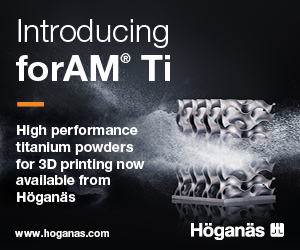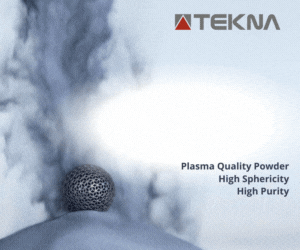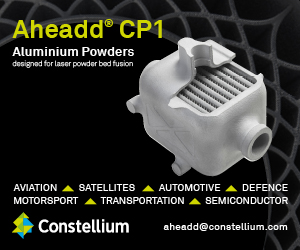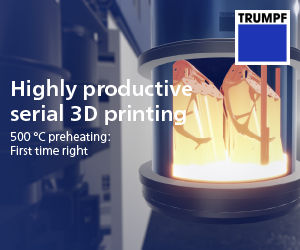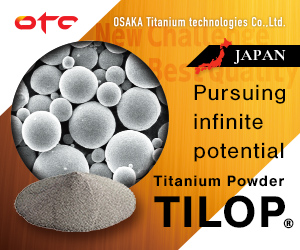Researchers study hydrogen embrittlement of AM nickel-718 in oil & gas industry conditions
September 6, 2019

Researchers from the The University of Texas at San Antonio (UTSA) and Southwest Research Institute (SwRI), also based in San Antonio, Texas, USA, will collaborate on a research project to examine how hydrogen embrittlement conditions develop on a nickel alloy used in the oil & gas industry, when fabricated through Additive Manufacturing.
According to UTSA and SwRI, despite many industries quickly adopting AM, there has so far been a lack of testing of the way hydrogen embrittlement impacts the material performance of metal AM parts made from nickel-718, an alloy used in critical conditions where high mechanical properties and corrosion resistance are desired. Although safety is critical in this field, without enough testing data to understand the effect of hydrogen embrittlement on the alloy when processed by AM, the safety of AM-fabricated systems remains unknown.
Prof Brendy Rincon Troconis, UTSA Department of Mechanical Engineering, and W Fassett Hickey, of SwRI’s Mechanical Engineering Division, plan to work together to understand the underlying mechanisms governing the susceptibility of additively manufactured nickel-718 to hydrogen embrittlement under oil and gas industry-related conditions.
To do this, they will study hydrogen embrittlement on a molecular level to examine how the location of hydrogen atoms affects the integrity of the material under the high pressures and elevated temperatures typical of drilling environments. The team will also compare the testing results obtained from tests performed with additively manufactured nickel-718 with those for wrought nickel-718 under the same environmental conditions to ascertain which fabrication approach is better and why.
“The operational conditions in the oil and gas industry can lead to hydrogen embrittlement,” stated Rincon Troconis. “This phenomenon causes the premature failure of structures as a result from hydrogen intake in the material. Hydrogen, once inside the material, interacts with the alloy microstructure, degrading its mechanical performance and resulting in brittle fracture without any warning sign.”
“By understanding more about hydrogen embrittlement of Additive Manufacturing materials, we can provide crucial information, with more confidence, to optimise the AM and post-fabrication processes and prevent brittle fracture of future and current systems, while advancing the AM technology, which will all lead to better protection of the community, its assets, and the environment,” she explained.
The hydrogen embrittlement study is being supported by the Connect Program, a jointly-funded collaborative initiative between UTSA and SwRI. The researchers expect to have data available by Summer 2020 to provide better guidance to industries about how to design AM parts that are less susceptible to hydrogen embrittlement.



